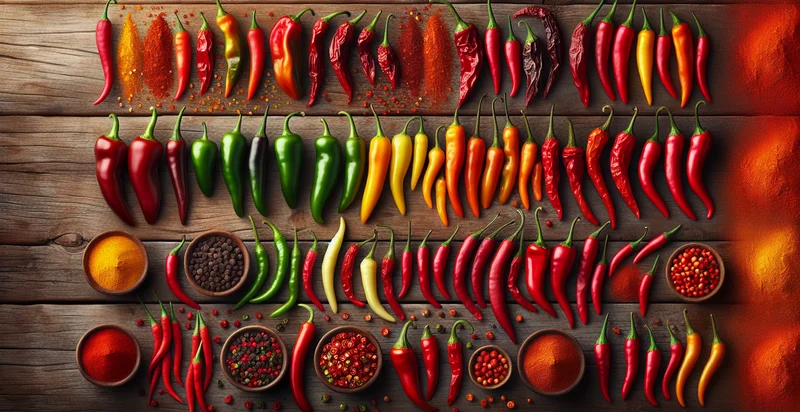Identify spice levels
using AI
Below is a free classifier to identify spice levels. Just input your text, and our AI will predict the optimal spice level for your dish - in just seconds.

Contact us for API access
Or, use Nyckel to build highly-accurate custom classifiers in just minutes. No PhD required.
Get started
import nyckel
credentials = nyckel.Credentials("YOUR_CLIENT_ID", "YOUR_CLIENT_SECRET")
nyckel.invoke("spice-levels", "your_text_here", credentials)
fetch('https://www.nyckel.com/v1/functions/spice-levels/invoke', {
method: 'POST',
headers: {
'Authorization': 'Bearer ' + 'YOUR_BEARER_TOKEN',
'Content-Type': 'application/json',
},
body: JSON.stringify(
{"data": "your_text_here"}
)
})
.then(response => response.json())
.then(data => console.log(data));
curl -X POST \
-H "Content-Type: application/json" \
-H "Authorization: Bearer YOUR_BEARER_TOKEN" \
-d '{"data": "your_text_here"}' \
https://www.nyckel.com/v1/functions/spice-levels/invoke
How this classifier works
To start, input the text that you'd like analyzed. Our AI tool will then predict the optimal spice level for your dish.
This pretrained text model uses a Nyckel-created dataset and has 9 labels, including Extra Hot, Flaming Hot, Hot, Medium, Mild, None, Pungent, Spicy and Very Spicy.
We'll also show a confidence score (the higher the number, the more confident the AI model is around the optimal spice level for your dish).
Whether you're just curious or building spice levels detection into your application, we hope our classifier proves helpful.
Related Classifiers
Need to identify spice levels at scale?
Get API or Zapier access to this classifier for free. It's perfect for:
- Menu Personalization: Restaurants could utilize the 'spice levels' identifier to customize digital menus based on customer preferences. By analyzing previous orders and feedback, establishments can recommend dishes that align with an individual's spice tolerance, enhancing the dining experience.
- Food Delivery Services: Delivery platforms can implement the spice levels identifier to provide tailored recommendations for customers. By allowing users to filter or sort dishes based on their desired spice level, the service can improve customer satisfaction and reduce order complaints related to spice levels.
- Recipe Applications: Cooking apps can use the spice levels identifier to help users find recipes that match their palate. By allowing users to specify their preferred spice level, the app can filter recipes and suggest suitable alternatives, promoting better cooking experiences.
- Customer Feedback Analysis: Restaurants can analyze customer reviews with the spice levels identifier to understand preferences and potential issues with their dishes. This insight can guide chefs on how to modify or develop menu items to better suit their customer base.
- Health and Dietary Planning: Nutrition apps could incorporate the spice levels identifier to help users adjust their diets according to spice tolerance. This can be particularly beneficial for individuals with health conditions that necessitate specific dietary requirements regarding spice and irritants.
- Event Catering Services: Catering companies can leverage the spice levels identifier to design custom menus for events. By collecting information on the spice preferences of guests, they can ensure that the food served accommodates varying tastes, promoting a more enjoyable event experience.
- Culinary Education: Cooking schools and culinary training programs can use the spice levels identifier in their curricula to teach students about flavor profiles. By focusing on how to balance spices according to different levels, students can learn to create dishes that cater to diverse customer preferences.


